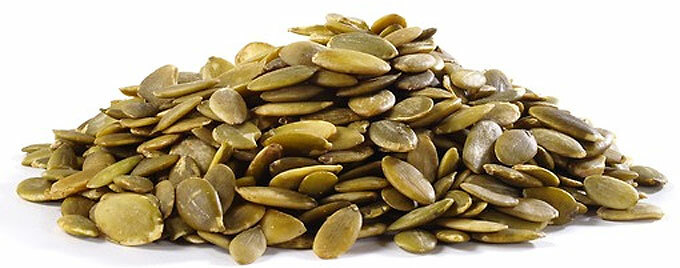You can do much more with a pumpkin
Besides being eaten as a side dish, pumpkins can be processed into both fresh juice and wine.
(Credit: Ruth Nanfuka)
FOOD & NUTRITION
Growing pumpkins on a commercial scale is slowly becoming popular among farmers in many parts of Uganda.
Traditionally, almost every home had one or two pumpkin plants in the backyard, mainly for domestic consumption.
The young leaves make tasty vegetables when steamed while the fruit can be prepared in a number of ways.
While a number of farmers have started growing pumpkins on a commercial scale, the consumers are still consuming it the traditional way as a delicacy or a side dish and its leaves as vegetables.
And yet, by its nature, a pumpkin is a lot more than that, as a few farmers who have done research on the crop have discovered.
In the central region, pumpkins are mainly eaten as a side dish, to accompany the main meal, and provide variety.
Compared to other food types, pumpkins are generally expensive. A medium size pumpkin costs between sh2, 000 and sh2, 500. Big ones go for as much as sh6, 000 each.
Other uses
Besides being eaten as a side dish, pumpkins can be processed into both fresh juice and wine.
Pumpkin seeds are also said to be natural aphrodisiacs for both men and women and they promote prostrate health among men.

The seeds can be roasted like groundnuts and seasoned with salt and a variety of spices.
A number of enterprising Ugandans have started packing the seeds for sale.
The pumpkin flesh can also be processed into flour that can be used to make cakes and other confectionery products.
How to grow pumpkins
There are over seven varieties of pumpkins in Uganda. These include sweet cream, bala, dulu, onziga, sunfish, sugar pie and anderina.
Pumpkins can be grown in almost any part of Uganda. In most cases, farmers just throw a few seeds near the homestead or in the banana garden. The seeds then develop into plants without much more input from the farmer.
The first step in planting pumpkins is to dig a hole of 3ft by 2ft and 3ft deep. Then plant four seeds evenly in a hole.
However, remember to have soaked the seeds in water for 24 hours before planting them. You need to fertilise the hole using organic manure,
The seeds will germinate between seven to 14 days. Mulching the area around the stem of the plant will help it to retain water.
When they are two months old, the plants are pruned of any excess leaves, in case they are attacked by pests, a mixture of red pepper, tobacco and animal urine can be applied.
Animal urine is more potent if it is kept for a fortnight before use. Options for artificial pesticides include durbsban 4E, cooper fungicide, indofile m45 and UREA.
Harvesting starts 90 to 120 days (about three to four months) from the date of planting.
The harvested pumpkins can be stored for between eight to 36 weeks if they are not disposed of immediately.
Each plant can yield about 50 to 60 pumpkins in a season.